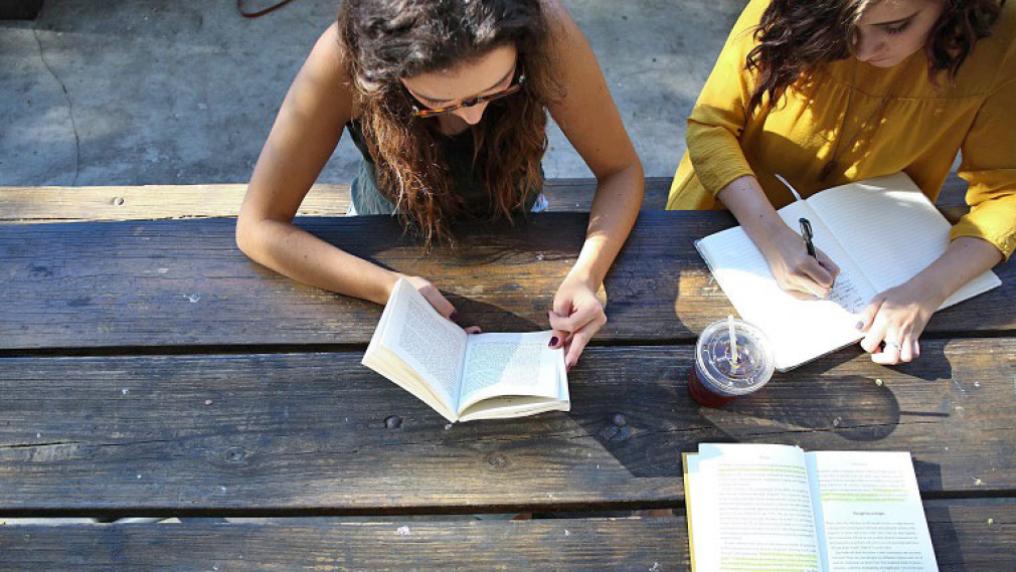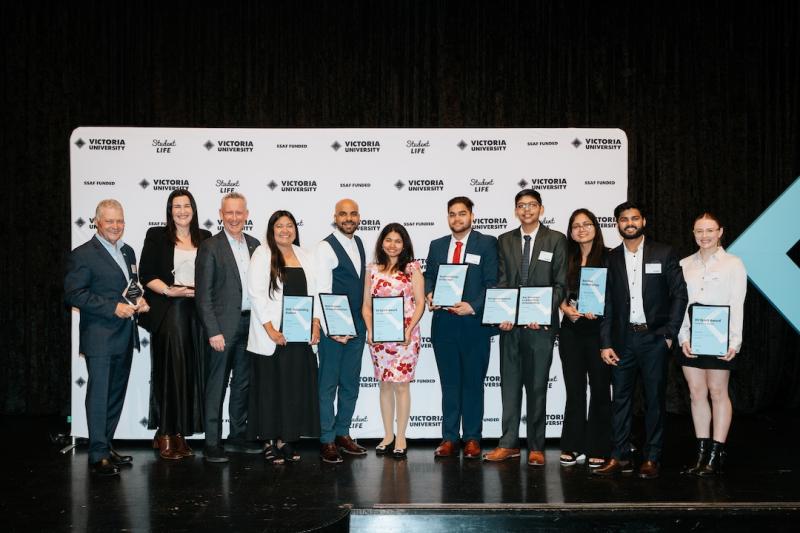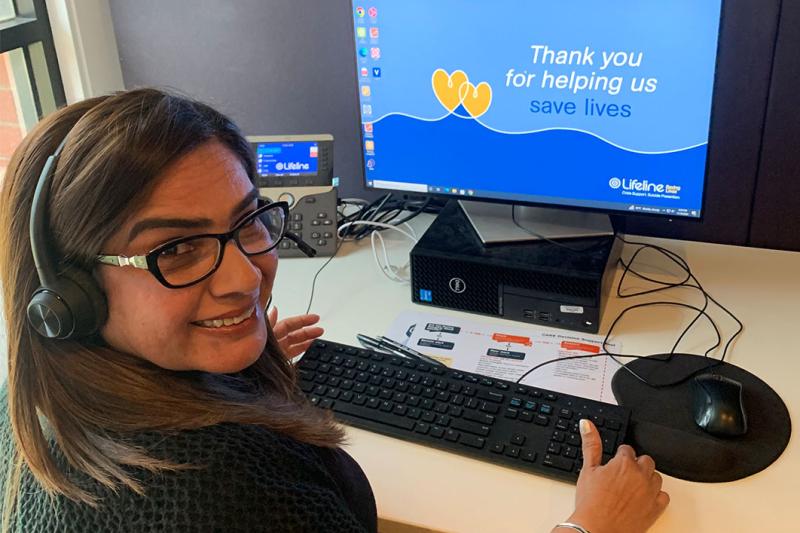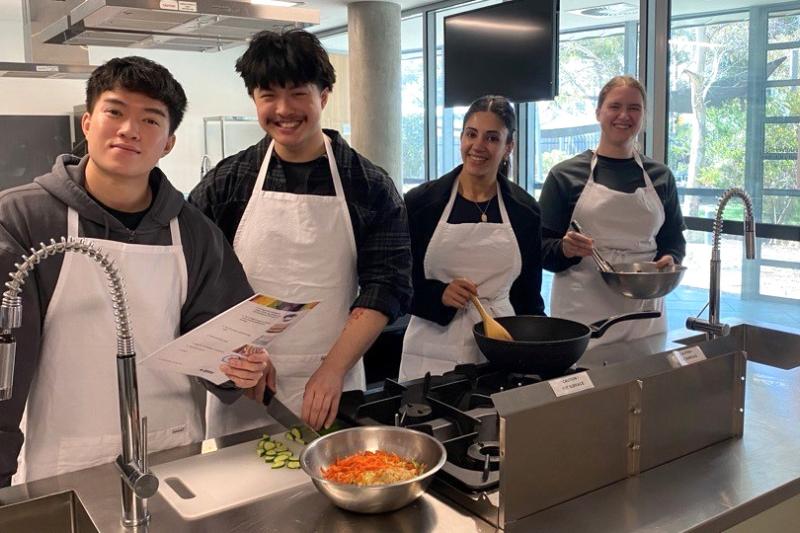Using collaboration to overcome inequities in education

School systems have not changed much over the past decade, despite the disruptive technologies that have fundamentally changed the way we live.
A new report from the Mitchell Institute for Health and Education Policy and the Centre for Strategic Education shows existing education models are stifling the new opportunities that are driving innovation across other sectors, and which have the potential to improve learning outcomes for all students.
Researchers Tom Bentley and Ciannon Cazaly find this, combined with heightened competition between schools for resources and students, is leading to a growing gap between high-status schools and disadvantaged schools – frustrating efforts to achieve gains in student performance, particularly in low socio-economic regions.
We can’t afford to lose from the discussion those who share responsibility for student learning and the outcomes in their lives.
The latest international data shows student outcomes in Australia are slipping, and report author Tom Bentley argues that keeping the status quo in the way we deliver education will result in widening inequality and stagnation.
“Our hyper-competitive education culture pits school against school and family against family, for no real gain. Focusing only on ‘within school’ improvement while ignoring the wider picture will effectively segregate students according to their socio-economic status,” he said.
The report The shared work of learning: Lifting educational achievement through collaboration presents an alternative approach to driving improvements in student outcomes, across all schools.
Case studies in low-socioeconomic communities were used to identify how some schools were improving student learning outcomes in regions where statistically we would expect lower achievement.
Education departments in Victoria, New South Wales and South Australia, helped fund the research and identified ‘high impact’ schools across three sites: Parafield Gardens High School, 40 kms north of Adelaide; Dandenong West Primary School and St Anthony’s Catholic Primary School in Noble Park, in Melbourne’s south-east; and Canley Vale High School in Sydney’s south-west.
“We didn’t look for particular kinds of locations but I think it is very interesting we ended up visiting schools on the edges of some of our big metropolitan areas,” said Tom Bentley. “Schools that are straddling the tensions between the dynamism and flux of big cities, and the marginalisation and structured segregation of social and housing opportunity and employment.”
When launching The shared work of learning last night, Tom Bentley called for a change in assumptions about how schools are organised. He said there were more policy levers available to governments beyond individual school achievement and teacher quality, which can be used to grow student achievement.
“It’s too easy to forget that the evidence shows other factors which affect student outcomes,” he said. “School/community and school/home relationships are fraught with risk and are much harder to shape than the traditional levers of policy … but we can’t afford to lose from the discussion those who share responsibility for student learning and the outcomes in their lives.”
The partnership between two primary schools Dandenong West Primary School and St Anthony’s Catholic Primary School Noble Park is used in the report to show what can be achieved when schools are collaborative rather than competitive.
Mission Australia helped forge a relationship between Principals Beverley Hansen and Marg Batt through the Schools as Banks for Social Capital project.
“Both schools work in the same neighbourhood. Conventional wisdom and the status quo would see them being nothing more than passing acquaintances,” Bentley writes in the report. “Perceived competition for enrolments and the difficulty of working with two education bureaucracies might have prevented these schools from building a relationship.”



